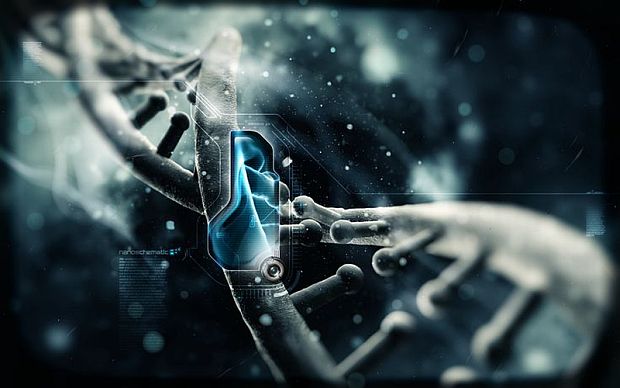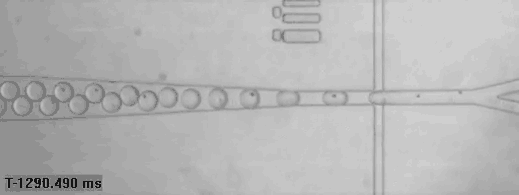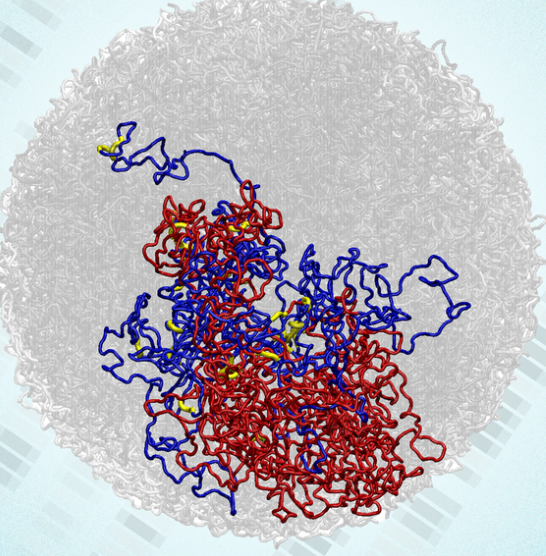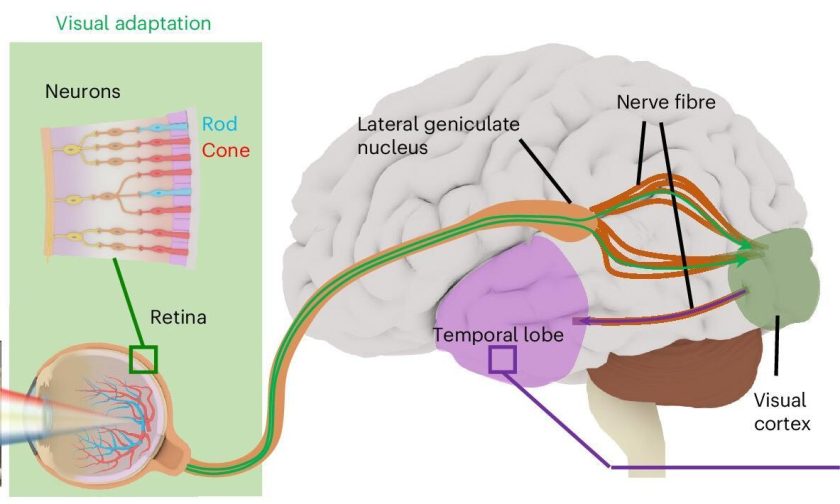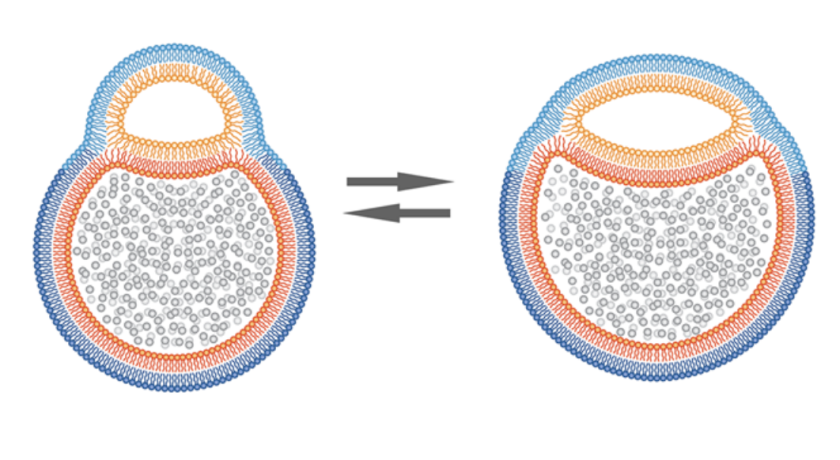There is still no evidence that suggests the exact number of cells present in human body. Although we can interpret them to be somewhere around hundreds of thousands but the figure is much more than that.
Aviv Regev, a computational biologist at the Broad Institute, in Cambridge, Massachusetts is working on a process that would make way for detailed catalogue of cell types so that individual cells could be investigated at spectacular speed and scale that was not approachable before.
Fluidic systems for single cell investigation
The technology involves fluidic systems and microscopic conveyor belts. The controller helps in separating individual cell and then each is submitted to genetic analysis via the micro conveyor belts. The rate with which submission is done is nearly one thousand per day.
Regev added that she has been investigating cells in mouse retinas and human brain tumors and to her surprise, the cells that she has been witnessing were completely new to her knowledge.
Researchers envision using this technology in applications like stem-cell research investigations and cell-based drug screens, cancer treatment and basic studies of how tissues develop.
Single cell analysis
This is not for the first time such findings are being made. Stephen Quake and his team at Stanford University sequenced 25,000 mRNAs to discover 450 variants of individual brain cells. And they expect to discover more with more mRNAs sequences.
Few years back it was one of the most difficult tasks of coming up with any useful data from single cell but with the advancement of new techniques, the possibility of discovering single cellular data have become a reality.
Sten Linnarsson and his team at the Karolinska Institute in Stockholm, Sweden were able to produce a detailed map of cortical cell types and the active genes using single cell sequencing from a mouse’s brain. During the large scale at single cell analysis, they were able to determine 47 different kinds of cell, all of which were never seen before.
Attaching molecular bar code to every RNA
Conventionally, single cell was investigated under a high-powered microscope. Pathologists used the same process to study cancer cells. However, the current method has been changed drastically. Unlike sorting messenger RNA molecules inside a cell, Linnarsson’s technique is employed as it allows for attaching exclusive molecular bar code to every RNA molecule present within a cell.
Although, sequencing RNA from a single cell were done previously also but with the coming of innovations in chemistry and microfluidics, the technique has enhanced towards perfection relatively. After all, conclusion derived by single-cell genomics would any day be superior to tissue samples or blood specimens containing millions of cells.

